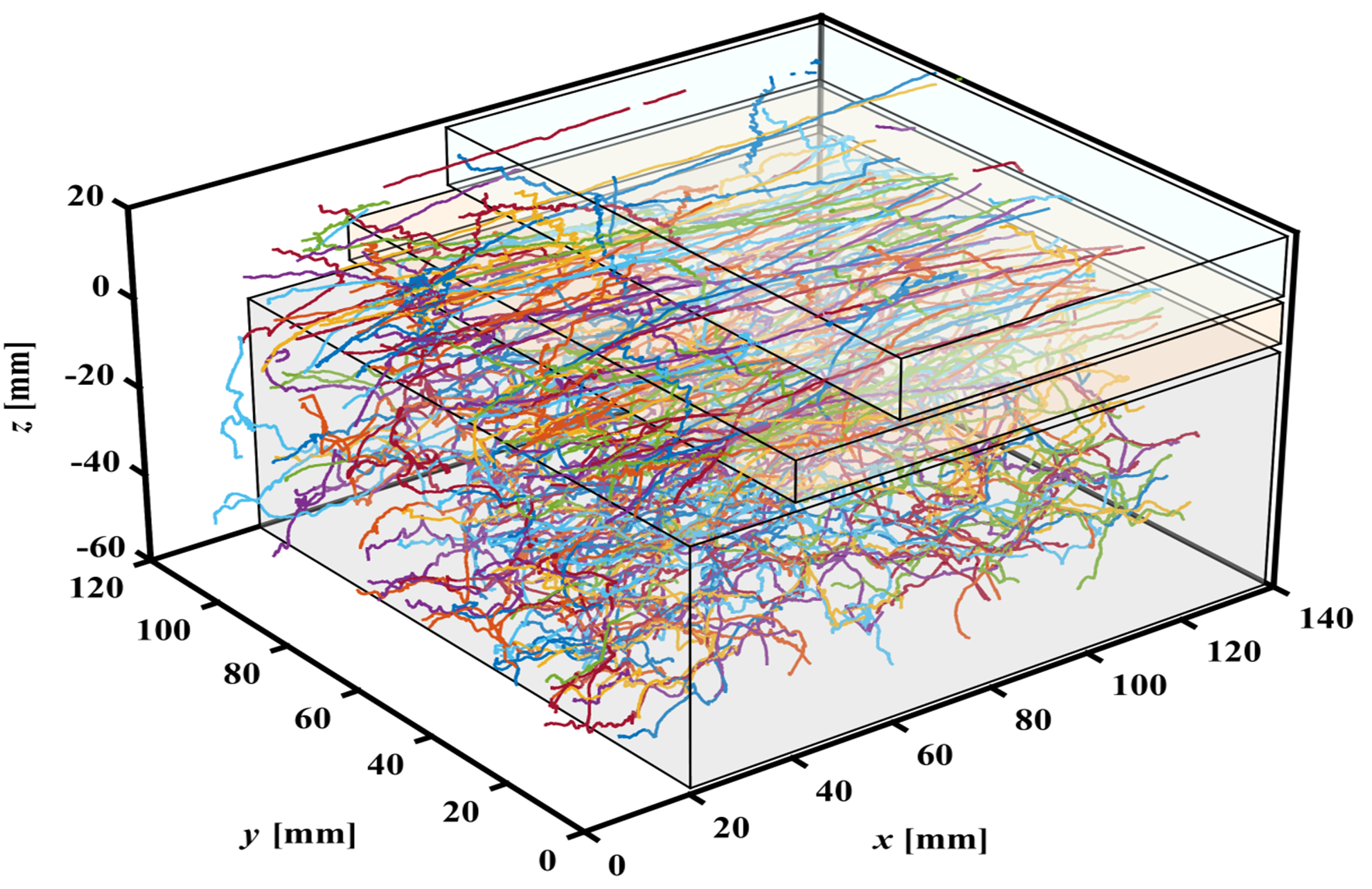Response of benthic stream invertebrates to hydro- and thermopeaking
Rivers and estuaries typically feature a mean flow direction and, besides advection by turbulence, benthic organisms have to cope with dislodgment from the streambed caused by strong mean currents and suspended sediment load, and for some taxa in pre-alpine rivers, induced by variations in water temperature. The sensitivity of each taxon to these factors varies depending on ecological, morphological and behavioral traits e.g. on its swimming ability and degree of adaptation to resist to flow or to move toward refuge habitats. Downstream advection of benthic invertebrates has received much attention, in the context of constant drift, and also in relation to increased flow caused by natural spates and by the release of water from reservoir hydroelectric power stations. Contrary to insect taxa whose behavioral responses to flow have been relatively well studied, the behavior of benthic copepods is largely unexplored in this context, despite the ecological importance of these organisms in lotic ecosystems. Moreover, mechanistic studies of the relationships between hydraulics and behavioral or morphological adaptations and drift entry, transport and exit are unavailable for many taxa, including copepods. Consequently, the general processes that govern invertebrate drift remain elusive, limiting the ability to quantify the role of drift in an ecosystem context and preventing the development of accurate models of drift fluxes.
In this project, we quantity the behavioral response and small-scale motion of benthic cyclopoid copepods to sharp variations in flow discharge and in water temperature mimicking the hydro- and thermopeaking waves caused by the release of water from hydropower plants. We conduct measurements in a laboratory flume, and we reconstruct the trajectories of freely-swimming copepods by means of three-dimensional particle tracking velocimetry. Our laboratory flume features a transparent sediment bed that enables the tracking of these small benthic organisms not only in the water column but also in the sediment bed.

